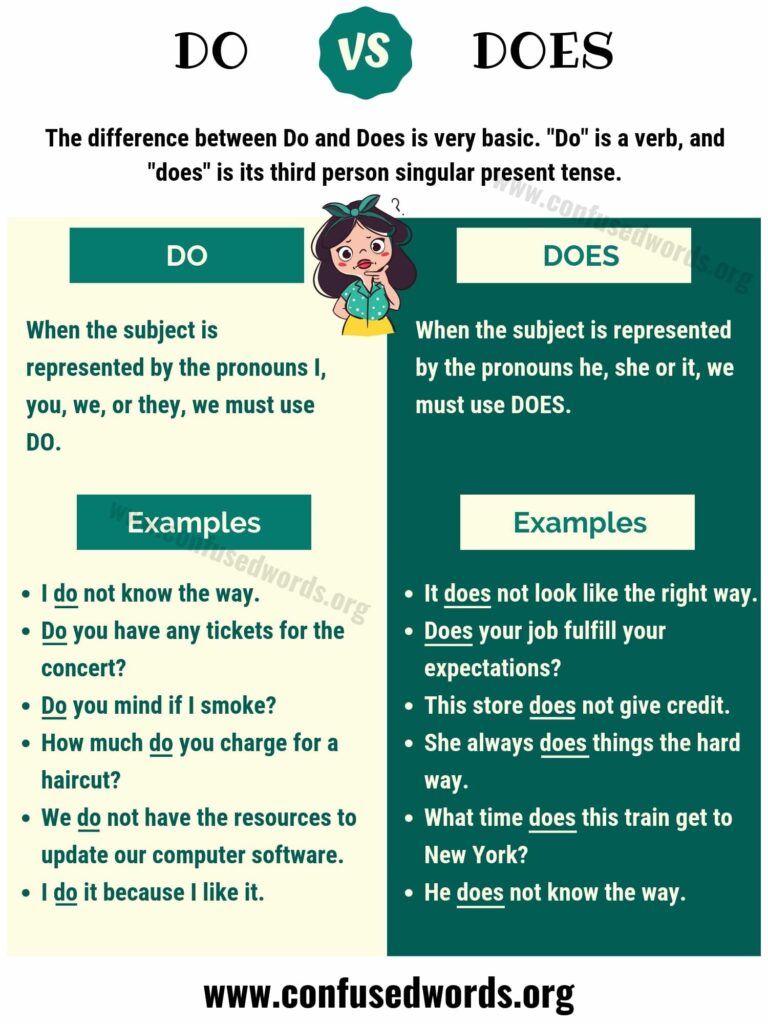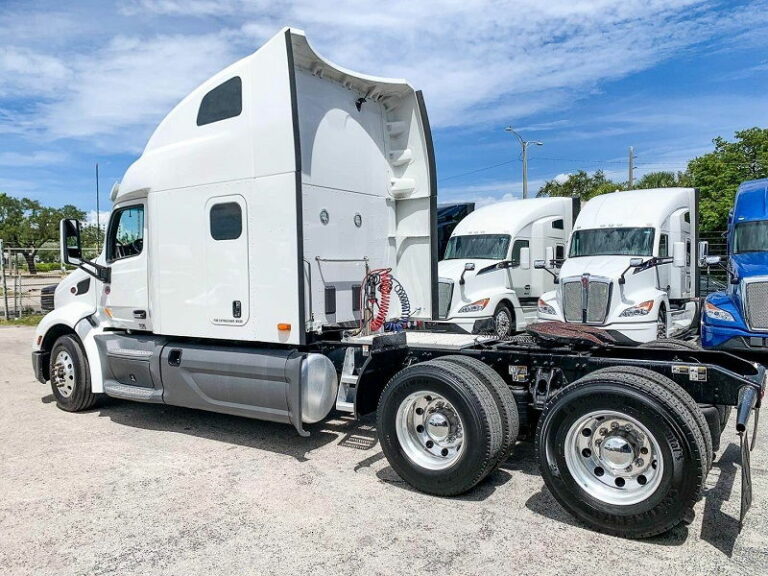Semi Truck Values Blue Book: Navigating the Complex World of Commercial Vehicle Valuation
Semi Truck Values Blue Book: Navigating the Complex World of Commercial Vehicle Valuation cars.truckstrend.com
Introduction: The Indispensable Compass for Commercial Vehicles
In the bustling world of commercial transportation, a semi-truck is far more than just a vehicle; it’s a significant asset, a mobile business, and often, the backbone of an enterprise. Valuing these powerful machines accurately is crucial for anyone involved in buying, selling, financing, or insuring them. Unlike passenger cars, whose values are often readily available through well-known guides, the valuation of semi-trucks is a far more intricate process, influenced by a multitude of specialized factors. This is where the concept of a "Semi Truck Values Blue Book" becomes not just helpful, but absolutely indispensable.
Semi Truck Values Blue Book: Navigating the Complex World of Commercial Vehicle Valuation
A Semi Truck Values Blue Book, often published by specialized industry authorities or available through online databases, serves as the authoritative guide for estimating the fair market value of used heavy-duty trucks. It compiles vast amounts of data, analyzing past sales, current market trends, and specific vehicle attributes to provide a reliable baseline for valuation. For buyers, it’s a shield against overpaying; for sellers, a tool to set competitive prices; for lenders, a foundation for collateral assessment; and for insurers, a basis for coverage and claims. In a market characterized by high transaction values and fluctuating demand, understanding and utilizing these valuation guides is paramount to making informed and profitable decisions.
Understanding the Semi Truck Values Blue Book
At its core, a Semi Truck Values Blue Book is a comprehensive repository of data designed to bring transparency and standardization to the valuation of pre-owned commercial vehicles. While there isn’t one single "Blue Book" in the same universal sense as for passenger cars (like Kelley Blue Book), several reputable organizations and platforms provide similar services tailored to the heavy-duty truck market. Prominent examples include the "Truck Blue Book" by Price Digests, Ritchie Bros. Auctioneers’ market reports, and various subscription-based online valuation tools used by industry professionals.
These resources collect and analyze an immense amount of information, including:
- Historical Sales Data: Prices from recent auctions, dealerships, and private sales.
- Economic Indicators: Fuel prices, freight rates, interest rates, and overall economic health, which directly impact demand for trucks.
- New Truck Production: The supply of new trucks affects the value of used ones.
- Regional Market Dynamics: Demand and pricing can vary significantly across different geographical areas.

The "Blue Book" doesn’t just list a single price; it provides a range of values based on various factors, allowing users to make adjustments for specific vehicle conditions and market nuances. Its primary purpose is to facilitate fair transactions, ensuring that both buyers and sellers operate with a shared understanding of a truck’s intrinsic worth. For fleet managers, it’s a vital tool for managing asset depreciation, planning replacements, and optimizing trade-in values.
Key Factors Influencing Semi Truck Values
The valuation of a semi-truck is a complex equation with numerous variables. A reliable Semi Truck Values Blue Book meticulously accounts for these factors to provide an accurate estimate. Understanding these influences is critical, whether you’re interpreting a guide or conducting your own assessment:

- Make and Model: Certain manufacturers and specific models hold their value better due to reputation for reliability, fuel efficiency, or driver preference. Brands like Peterbilt, Kenworth, and certain Freightliner and Volvo models often command higher resale values.
- Year of Manufacture (Age): Generally, newer trucks are worth more. However, older trucks with lower mileage or exceptional maintenance can sometimes defy this trend. Depreciation is steepest in the first few years.
- Mileage: This is arguably the most significant factor after age. High mileage directly correlates with increased wear and tear on critical components like the engine, transmission, and drivetrain. A truck with 800,000 miles will naturally be valued lower than one with 400,000 miles, assuming similar age and condition.
- Engine and Transmission Specifications: The brand, horsepower, and torque of the engine (e.g., Cummins, Detroit Diesel, PACCAR, Volvo) significantly impact value. The type of transmission (manual vs. automated manual transmission – AMT) also plays a role, with AMTs often preferred in modern fleets.
- Overall Condition (Physical and Mechanical): This encompasses everything from the frame and body to the interior, tires, brakes, lights, and all mechanical systems. A thorough inspection for rust, fluid leaks, damage, and signs of poor maintenance is crucial. Blue Books often provide values for "excellent," "good," "fair," and "poor" conditions.
- Specifications and Features:
- Sleeper Size: Larger, more comfortable sleepers (e.g., 72-inch or 80-inch) generally add value for over-the-road applications. Day cabs are valued differently.
- Axle Configuration: Tandem axles are standard, but specialized configurations (e.g., tridem, lift axles) can impact value depending on intended use.
- Fifth Wheel Type: Air-slide vs. fixed, kingpin size.
- Auxiliary Power Units (APUs): These can add significant value due to fuel savings and driver comfort.
- Tire Tread Depth: New tires are a major asset.
- Maintenance History and Records: A comprehensive, verifiable service history significantly boosts a truck’s value, as it demonstrates responsible ownership and proactive care, reducing risk for the buyer.
- Current Market Conditions: Supply and demand dynamics, fuel prices, freight rates, and economic stability can cause rapid fluctuations in truck values. A strong economy with high freight demand typically drives up prices.
- Geographic Location: Regional demand, specific industry needs (e.g., oil & gas, agriculture), and even local regulations can influence values.

How to Use the Semi Truck Values Blue Book: A Step-by-Step Guide
Utilizing a Semi Truck Values Blue Book effectively requires a systematic approach. While the exact interface may vary between different publications or online platforms, the core methodology remains consistent:
-
Gather Comprehensive Truck Information: Before you even open the Blue Book, collect all pertinent details about the truck you’re valuing. This includes:
- VIN (Vehicle Identification Number): Essential for precise identification.
- Make, Model, and Year: E.g., Freightliner Cascadia, 2018.
- Engine Details: Manufacturer (Cummins, Detroit, PACCAR, Volvo), horsepower, and model.
- Transmission Details: Manufacturer (Eaton, Allison), number of speeds, manual or AMT.
- Odometer Reading (Mileage): Be exact.
- Axle Configuration: Tandem, single, tridem, etc.
- Sleeper Size: If applicable (e.g., 72-inch raised roof).
- Key Features/Options: APU, specific suspension, tire condition, aluminum wheels, specialized equipment.
-
Assess the Truck’s Condition Objectively: This is perhaps the most subjective but critical step. Most Blue Books categorize condition as Excellent, Good, Fair, or Poor. Be honest and thorough:
- Excellent: Showroom quality, mechanically perfect, no visible wear, meticulous records. Rare for a used truck.
- Good: Mechanically sound, minor cosmetic flaws, well-maintained, clean. Most well-cared-for used trucks fall here.
- Fair: Operable, but with noticeable wear and tear, some mechanical issues that need attention, moderate cosmetic damage.
- Poor: Significant mechanical problems, extensive cosmetic damage, requires substantial investment to be roadworthy.
-
Locate the Base Value: Navigate to the section or input the criteria for the truck’s make, model, and year. This will provide a baseline value, often assuming a "good" condition and a standard mileage range for its age.
-
Adjust for Mileage: The Blue Book will have specific adjustments (additions or deductions) for mileage above or below the average for that year and model. For example, a truck with significantly lower mileage will see an upward adjustment, while high mileage will result in a deduction.
-
Adjust for Options and Features: Apply the specified adjustments for unique engines, transmissions, sleeper sizes, APUs, aluminum wheels, and other valuable accessories. These can add or subtract thousands of dollars.
-
Apply Condition Adjustments: Based on your objective assessment, apply the multiplier or percentage adjustment provided for the truck’s actual condition. An "excellent" truck will command a higher price than a "fair" one.
-
Consider Current Market Dynamics: While the Blue Book provides a strong foundation, the market is dynamic. Research recent auction results, current dealer listings, and industry news. Factors like rising fuel costs or a surge in freight demand can quickly shift values beyond the printed guide. Use the Blue Book as a starting point, but always validate with real-time market data.
-
Obtain Multiple Valuations: If possible, cross-reference your findings with another reputable valuation source or get a professional appraisal, especially for high-value or highly specialized trucks. This helps ensure accuracy and confidence in your estimate.
Benefits of Using a Semi Truck Values Blue Book
The advantages of consulting a Semi Truck Values Blue Book extend across all facets of the commercial trucking industry:
- For Buyers: Empowers informed negotiation, prevents overpaying, and provides confidence in the purchase decision.
- For Sellers: Helps set a realistic and competitive asking price, justifies the price to potential buyers, and streamlines the sales process.
- For Lenders and Financial Institutions: Essential for assessing collateral value, determining loan-to-value ratios, and mitigating risk in financing commercial truck purchases.
- For Insurers: Crucial for accurately setting premiums, determining appropriate coverage limits, and calculating fair payouts in the event of a total loss.
- For Fleet Managers: Aids in budgeting for new acquisitions, planning depreciation schedules, optimizing trade-in strategies, and making data-driven decisions about asset lifecycle.
- For Appraisers: Provides a standardized baseline and methodology, ensuring consistency and credibility in professional valuations.
- For Lease Companies: Helps establish residual values at the end of a lease term.
Challenges and Considerations
While invaluable, relying solely on a Semi Truck Values Blue Book without understanding its limitations can lead to inaccuracies:
- Market Volatility: The commercial truck market can be highly volatile, influenced by economic cycles, fuel prices, and freight demand. Printed Blue Books may not reflect the very latest market shifts, making online, frequently updated sources more reliable.
- Complexity and Customization: Semi-trucks are often highly customized for specific applications. Standard Blue Books might not fully account for unique modifications, specialized equipment (e.g., wet kits, heavy-haul packages), or custom aesthetics, which can significantly impact value.
- Maintenance Records Verification: While the Blue Book assigns values based on condition, it relies on the user’s honest assessment. Without verifiable maintenance records, a buyer takes on greater risk, which can depress actual transaction prices.
- Regional Differences: Values can vary significantly by region due to local economic conditions, industry demand (e.g., logging in the Pacific Northwest vs. agriculture in the Midwest), or even climate.
- Wholesale vs. Retail Values: Blue Books often provide both wholesale (dealer-to-dealer or auction) and retail (dealer-to-consumer) values. Understanding which one is appropriate for your scenario is crucial.
Tips for Maximizing Semi Truck Value
Whether you’re looking to sell or simply maintain your asset’s worth, these tips, informed by Blue Book valuation criteria, are key:
- Meticulous Maintenance and Records: This is paramount. A complete and verifiable service history demonstrating consistent preventative maintenance is the single biggest factor in preserving and enhancing value.
- Address Issues Promptly: Don’t let minor issues fester. Fix small mechanical problems, address fluid leaks, and repair cosmetic damage (dents, rust spots) before they escalate.
- Regular Cleaning and Detailing: A clean truck, inside and out, signals responsible ownership. Consider a professional detail before selling.
- Tire and Brake Condition: These are major expenses for buyers. Ensuring good tire tread and healthy brakes will significantly boost appeal and value.
- Keep Up with Technology: While not always feasible for older trucks, features like APUs, advanced safety systems, and telematics can add value.
- Document Upgrades: Keep receipts and records for any significant upgrades or replacements (e.g., new engine, transmission overhaul).
- Strategic Timing of Sale: Monitor market trends. Selling when freight demand is high and new truck supply is limited can yield better prices.
Sample Semi Truck Valuation Table (Illustrative)
Below is an illustrative table demonstrating how a Semi Truck Values Blue Book might present information. Please note that these values are purely for general guidance and are subject to change based on specific features, precise condition, regional demand, and current market dynamics.
| Truck Type | Make/Model Example | Year | Engine Type | Mileage Range (Miles) | Condition (Avg.) | Estimated Value Range (USD) |
|---|---|---|---|---|---|---|
| Class 8 Sleeper | Freightliner Cascadia | 2020 | Detroit DD15 | 350,000 – 450,000 | Good | $65,000 – $85,000 |
| Class 8 Sleeper | Kenworth T680 | 2018 | PACCAR MX-13 | 500,000 – 650,000 | Good | $45,000 – $60,000 |
| Class 8 Sleeper | Peterbilt 389 | 2016 | Cummins ISX15 | 700,000 – 850,000 | Fair | $35,000 – $50,000 |
| Class 8 Day Cab | Volvo VNL | 2019 | Volvo D13 | 400,000 – 550,000 | Good | $55,000 – $70,000 |
| Class 8 Day Cab | International LT | 2017 | Cummins X15 | 600,000 – 750,000 | Fair | $30,000 – $45,000 |
| Class 8 Sleeper | Mack Anthem | 2021 | Mack MP8 | 200,000 – 300,000 | Excellent | $90,000 – $110,000 |
| Class 8 Day Cab | Freightliner M2 | 2015 | Cummins ISB/ISC | 250,000 – 400,000 | Fair | $18,000 – $28,000 |
Disclaimer: These values are purely illustrative and for general guidance only. Actual market values depend on specific truck features, precise condition, regional demand, and current market dynamics. Always consult a current, reputable industry valuation guide and consider a professional appraisal for accurate figures.
Frequently Asked Questions (FAQ)
Q1: What is the most reliable "Blue Book" for semi-trucks?
A1: While there isn’t one single "Blue Book" that dominates the market like for cars, Price Digests’ Truck Blue Book is widely recognized and used. Other reputable sources include market reports from major auctioneers like Ritchie Bros. Auctioneers, and various online subscription services used by professionals.
Q2: How often are the values in a Semi Truck Blue Book updated?
A2: Reputable online valuation services often update their data continuously or on a weekly/monthly basis to reflect current market conditions. Print editions are typically updated quarterly or annually. For the most accurate values, especially in a fluctuating market, prioritize frequently updated online resources.
Q3: Can I get an appraisal if my truck isn’t specifically listed in the Blue Book?
A3: Yes. For highly customized, specialized, or very old/rare trucks, a professional appraiser can conduct a detailed, in-person inspection and provide a certified valuation that goes beyond standard Blue Book parameters. They will use the Blue Book as a starting point but factor in unique attributes.
Q4: Do aftermarket accessories and modifications increase a truck’s value?
A4: It depends. Useful and well-installed accessories like APUs, wet kits (if applicable to the buyer’s needs), certain safety features, or premium interior upgrades can add value. However, highly personalized or non-standard modifications might not appeal to a broad market and could even detract from value if they limit the truck’s versatility.
Q5: How does maintenance history impact a truck’s Blue Book value?
A5: While the Blue Book doesn’t directly list a value for "excellent maintenance history," it’s implicitly factored into the "condition" assessment. A truck with meticulous, verifiable maintenance records will typically qualify for a higher condition category (e.g., "Good" or "Excellent") and thus command a higher value than a similar truck with no records or poor maintenance.
Q6: What’s the difference between wholesale and retail value in a Blue Book?
A6: Wholesale value is the price a dealer or professional buyer would typically pay for a truck, often reflecting a quick sale or auction price. It’s generally lower than retail. Retail value is the price a dealership or private seller would charge a consumer, which includes markups for reconditioning, overhead, and profit. Blue Books often provide both to guide different types of transactions.
Conclusion: Your Guide to Informed Decisions
The Semi Truck Values Blue Book, whether a physical publication or a sophisticated online database, stands as an indispensable tool in the dynamic world of commercial vehicle transactions. It demystifies the complex valuation process, providing a standardized, data-driven framework that benefits every stakeholder. From setting fair prices to securing financing, understanding a truck’s true worth is paramount to operational success and financial prudence.
While the market remains subject to economic ebbs and flows, utilizing these comprehensive guides, combined with diligent research and an objective assessment of a truck’s condition, empowers individuals and businesses to navigate the buying, selling, and managing of these crucial assets with confidence and strategic insight. In an industry where every dollar counts, the Semi Truck Values Blue Book is not just a reference; it’s a strategic advantage.






